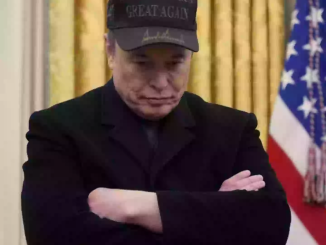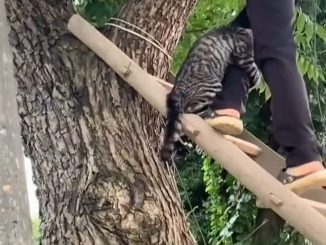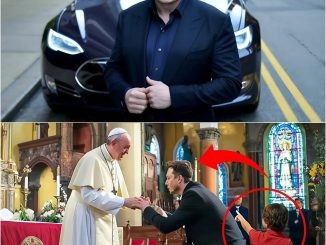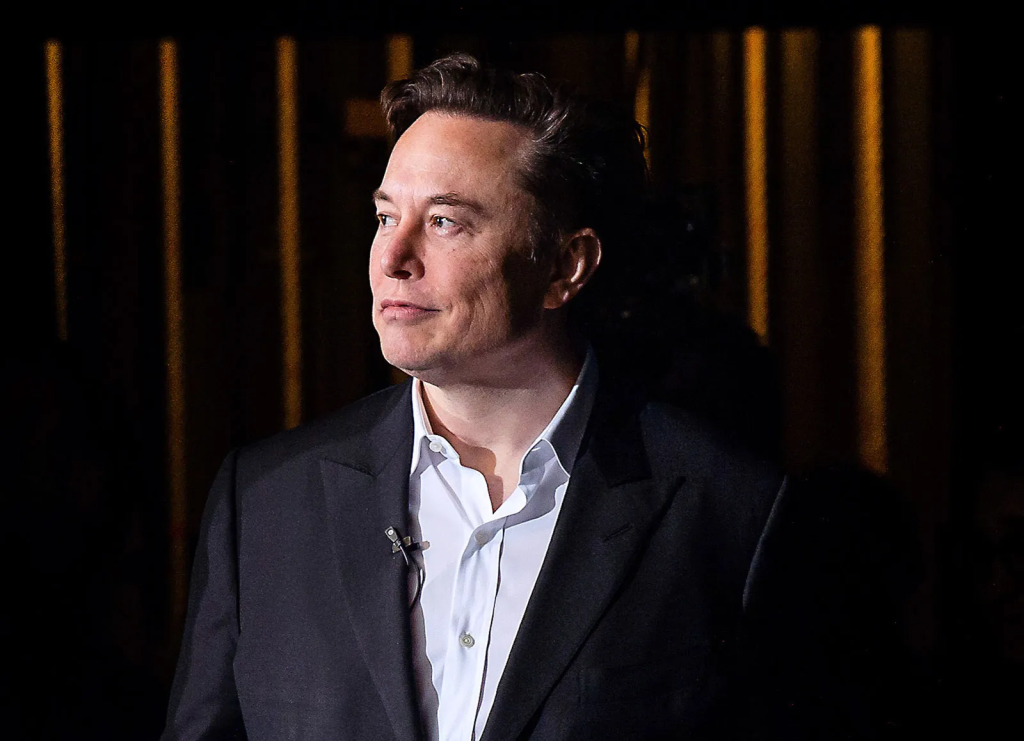
In a move that has stunned the tech and automotive sectors alike, Elon Musk has announced that Tesla will officially cancel its long-awaited robotaxi launch, a project that was once touted as a transformative leap in autonomous vehicle technology. This decision comes after Tesla faced a significant wave of customer discontent, disappointing product performance, and mounting skepticism about the feasibility of the company’s Full Self-Driving (FSD) technology.Despite years of bold promises, the dream of Tesla transforming its vehicles into fully autonomous, cross-country robotaxis remains unfulfilled, with many customers now questioning whether the company’s vision of a driverless future is realistic.For nearly a decade, Elon Musk has been insistent that Tesla’s cars are on the verge of becoming fully autonomous vehicles, capable of navigating streets, highways, and entire cities without human intervention. From the first days of Tesla’s foray into semi-autonomous driving, Musk promised that a significant software update would soon enable the company’s cars to become fully self-driving robotaxis, capable of picking up passengers and driving themselves across the country.
However, as of 2025, the much-anticipated revolution has failed to materialize, and Musk’s promises appear increasingly distant. What Tesla currently offers is a sophisticated but only partially automated driving system, marketed in the United States as Full Self-Driving (Supervised), or FSD, which remains under heavy human supervision. In other markets, such as China, Tesla recently rebranded the technology as “intelligent assisted driving” to reflect its true capabilities.Despite these branding efforts, Tesla’s FSD technology, which relies on a suite of cameras and software to enable features such as automatic navigation and adaptive braking, still requires active human involvement. Tesla’s user manuals clearly state that FSD is “a hands-on feature” and urge drivers to remain vigilant and keep their hands on the wheel.Yet, in practice, many Tesla owners have ignored these warnings, using the system in a more autonomous fashion than it was designed for, sometimes with dangerous consequences.Tesla’s FSD technology has been a source of both fascination and controversy. The system offers a range of advanced features, including automatic navigation on highways, automatic braking in response to traffic signals and stop signs, and lane-centering assistance.However, the system is far from perfect, and its shortcomings have been highlighted in numerous high-profile accidents. In some cases, drivers have been involved in fatal crashes while using Tesla’s Autopilot or premium FSD systems, drawing the ire of regulators, safety experts, and the general public.
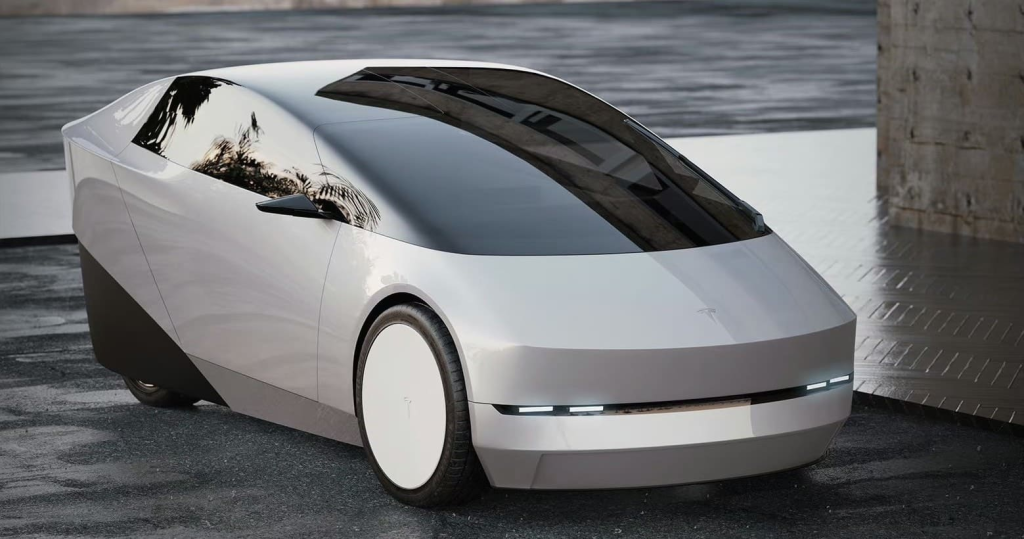
Guy Mangiamele, a professional test driver for the automotive consulting firm AMCI Testing, recently described his experience using Tesla’s FSD in a long drive in Los Angeles. While he acknowledged that the system performed “amazingly well” in some scenarios, he also warned that “the times it trips up, you could kill somebody or you could hurt yourself.”The inconsistency of Tesla’s FSD, especially in unpredictable real-world scenarios, remains one of the major obstacles preventing it from being deployed as a fully autonomous robotaxi system.Despite Musk’s continued assurances that a major breakthrough is just around the corner, many experts remain skeptical of the technology’s readiness. Sam Abuelsamid, Vice President of Market Research at Telemetry, has expressed doubts about FSD’s readiness for widespread deployment.“There’s been no evidence that FSD is anywhere close to being ready for unsupervised use,” said Abuelsamid, noting that while the system may perform well in ideal conditions, it often fails in complex or dynamic environments. This unpredictability is a significant barrier to the development of a reliable robotaxi service.
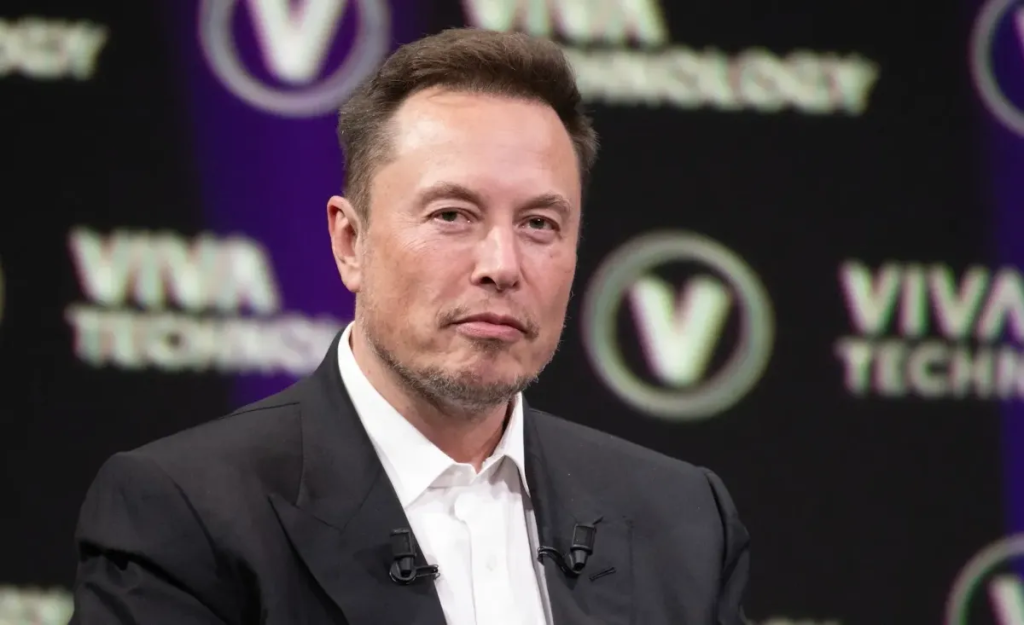
The setbacks surrounding Tesla’s robotaxi program have had severe financial repercussions for the company. Tesla’s stock has dropped a staggering 36% in the first quarter of 2025, marking its steepest quarterly decline since 2022. The drop comes on the heels of disappointing vehicle deliveries, which totaled 336,681 units in Q1 2025—a 13% decline compared to the same period a year earlier.Investors had hoped that the launch of the robotaxi service in Austin, Texas, could revitalize sentiment around the company and drive its stock price higher. However, with the cancellation of the robotaxi launch, Tesla now faces even greater pressure to demonstrate its technological prowess and turn its fortunes around.This decline in investor confidence is compounded by growing concerns over the company’s leadership and Musk’s political activities. Musk, who is the wealthiest person in the world, has drawn significant attention for his outspoken political rhetoric, including his support for controversial figures and causes.His recent involvement in efforts to reduce the size of the federal workforce and his endorsements of far-right political movements have sparked widespread backlash, particularly in light of Tesla’s declining performance. Protests, boycotts, and acts of vandalism targeting Tesla have further dented the company’s image, leading some customers to abandon the brand in favor of competitors.
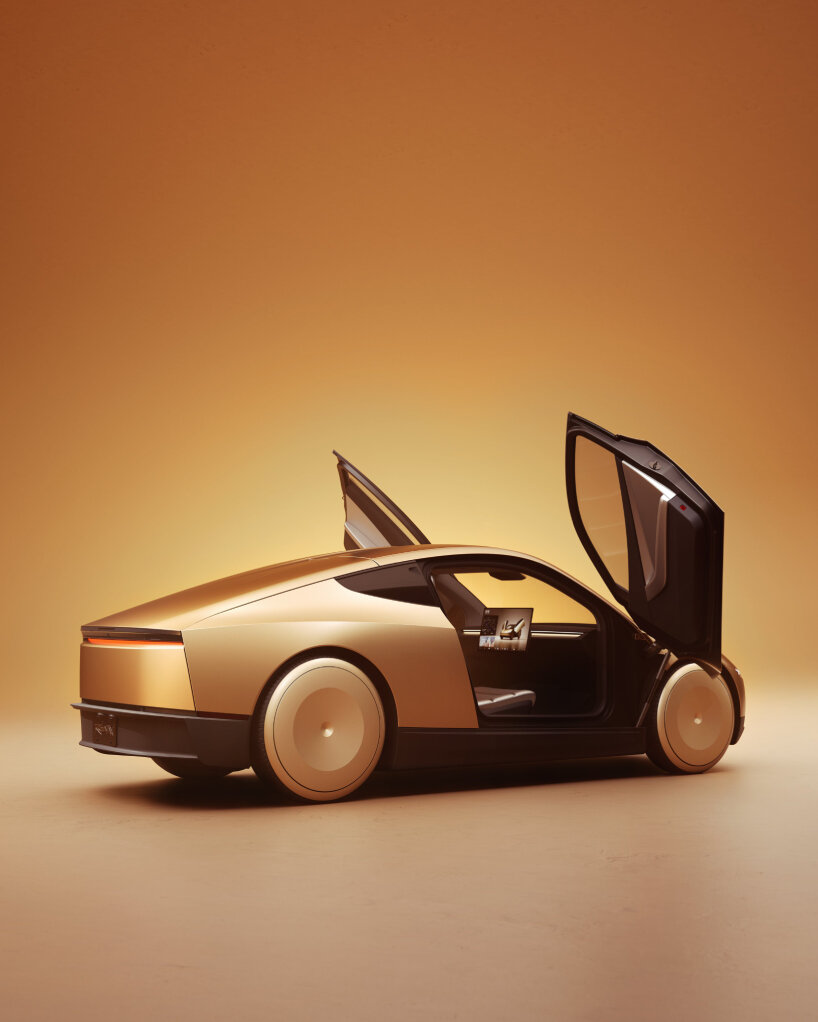
As the public’s faith in Tesla’s robotaxi ambitions wanes, consumer behavior has shifted significantly. Data from Edmunds reveals that existing Tesla owners are increasingly trading in their vehicles, with many seeking alternatives from other electric vehicle (EV) manufacturers.This exodus of loyal customers reflects the growing frustration with Tesla’s inability to deliver on its promises, as well as the broader dissatisfaction with the company’s handling of safety concerns and product issues.Furthermore, Tesla’s product launches, including the highly anticipated robotaxi service, have failed to live up to expectations. For years, Musk has promised that the company would launch a fully driverless ride-hailing service, first in select cities and later on a national scale.Yet, after several missed deadlines and with growing skepticism around the capabilities of Tesla’s FSD technology, many potential customers have lost confidence in the company’s ability to deliver on its bold vision.As Tesla scrambles to recover from the cancellation of its robotaxi program and the erosion of consumer trust, the company faces a crucial crossroads. The launch of the robotaxi service was seen as a key milestone in Musk’s long-term vision for Tesla, but with the project now on hold, the company must find new ways to regain investor and consumer confidence.
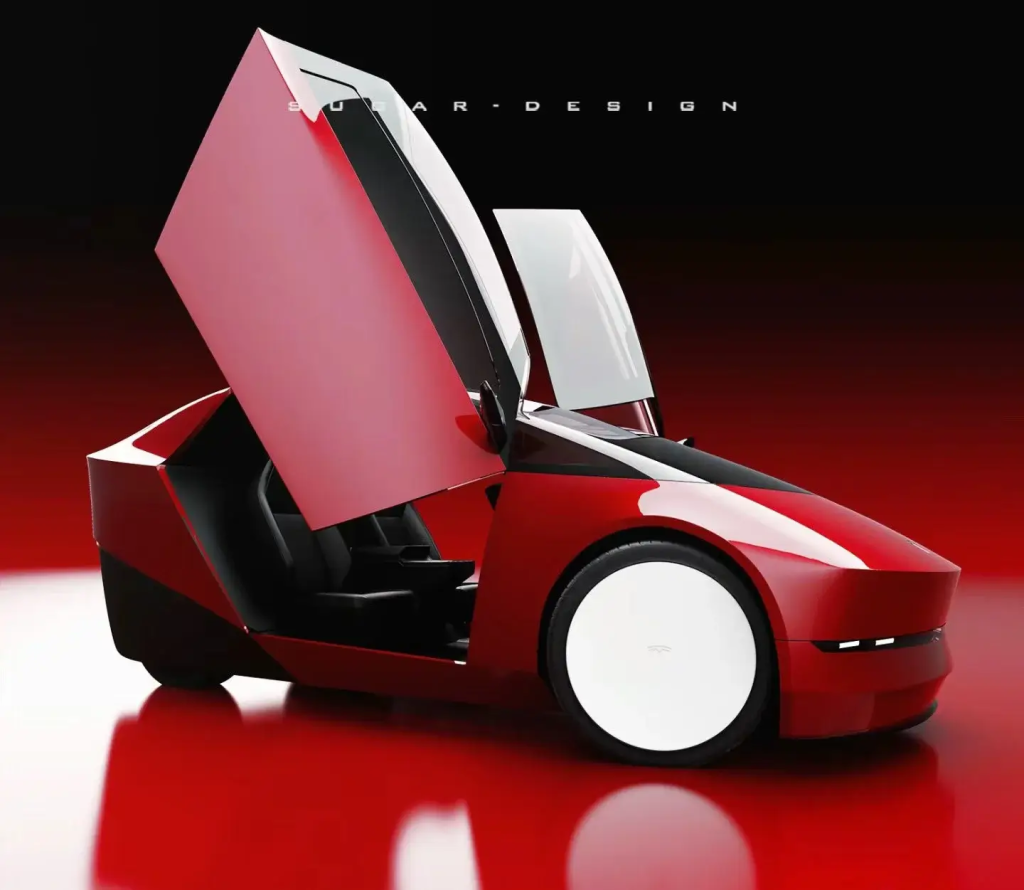
Analysts remain divided on Tesla’s future. Some argue that the company’s long-term prospects still hold promise, given its position as a leader in the electric vehicle market and its continued investments in battery technology and renewable energy solutions.Others, however, contend that Tesla’s inability to deliver on its most ambitious promises—combined with its troubled financial performance—signals deeper challenges ahead.Tesla’s next steps will be critical in determining whether the company can maintain its status as a market leader or whether its once-unimaginable dream of fully autonomous vehicles will be relegated to the realm of Silicon Valley fantasies. As of now, it seems that the path to robotaxis remains closed, with Tesla’s customers and investors left to reconsider the company’s place in the future of transportation.
